Laser Storm
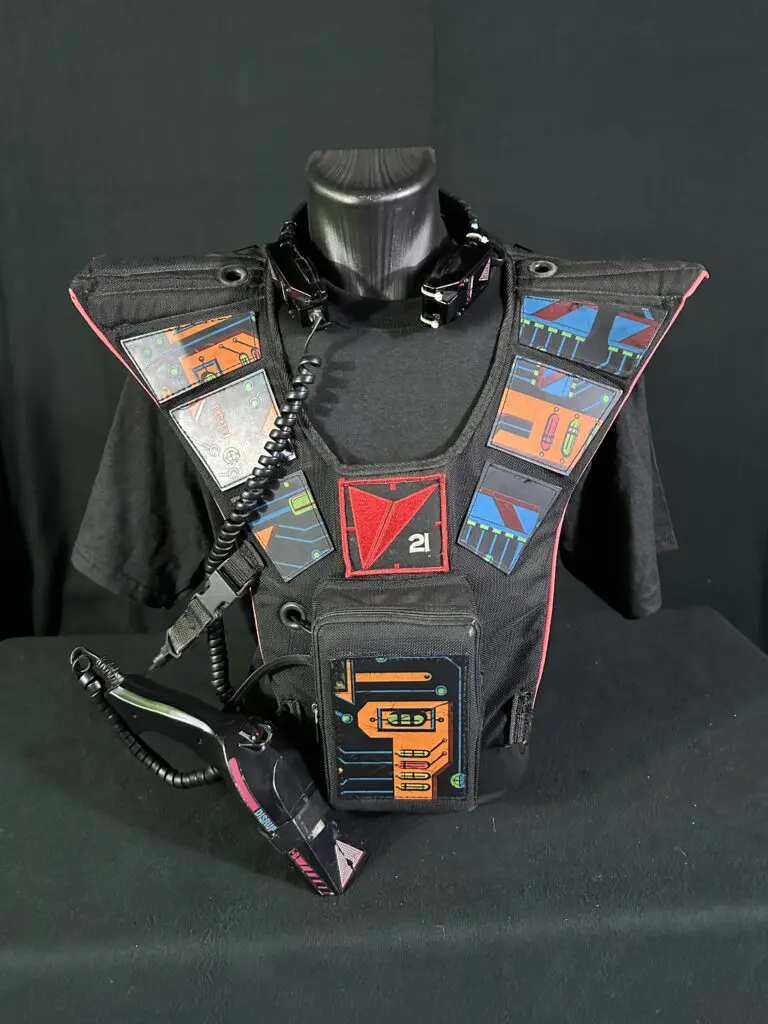
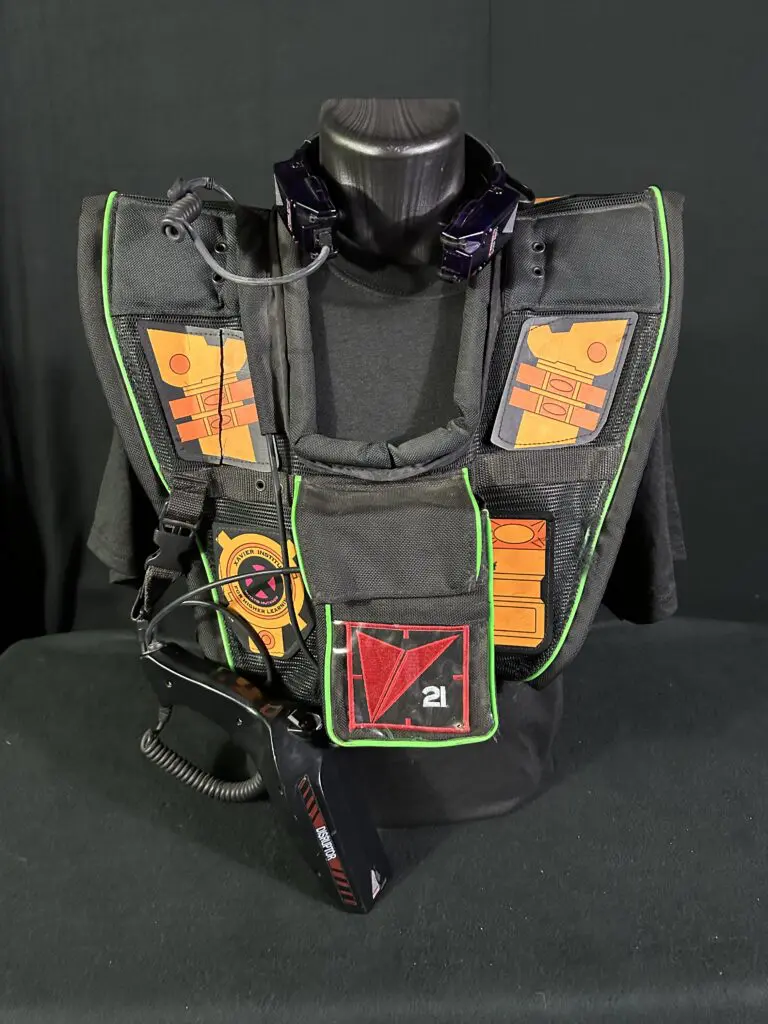
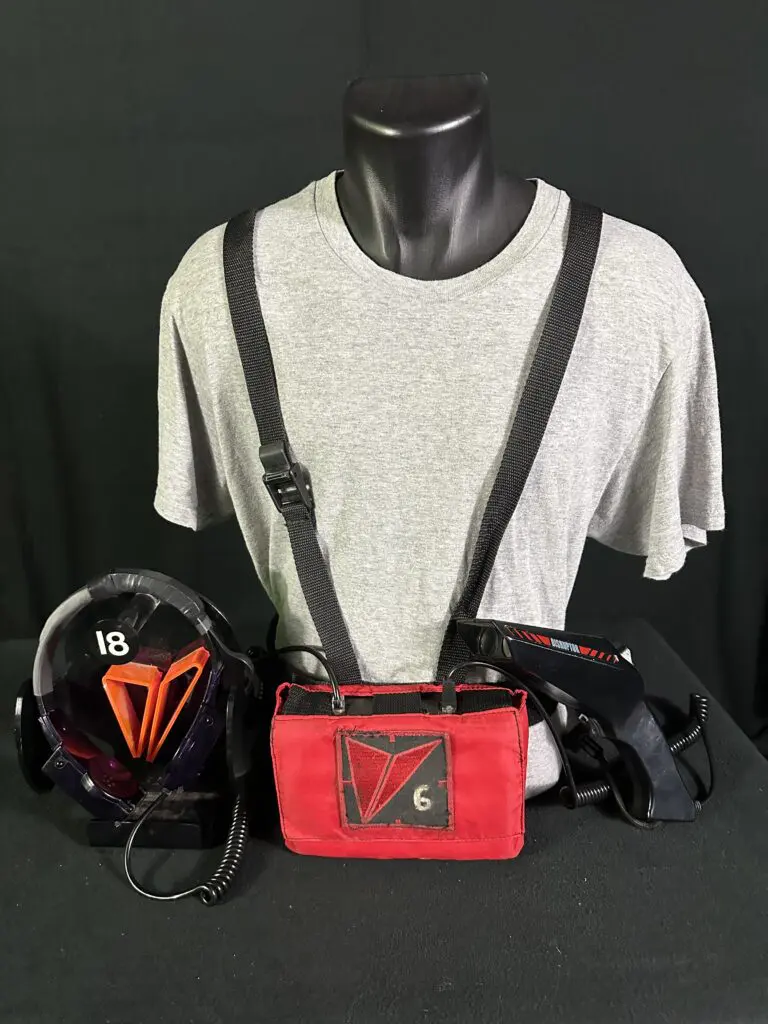
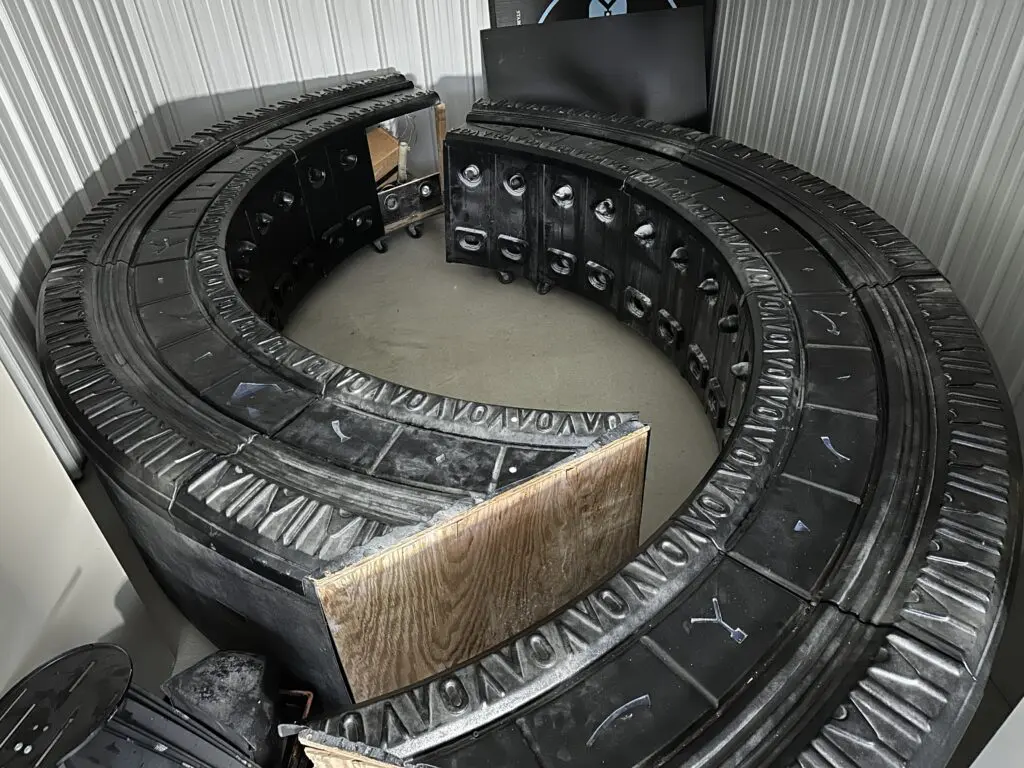
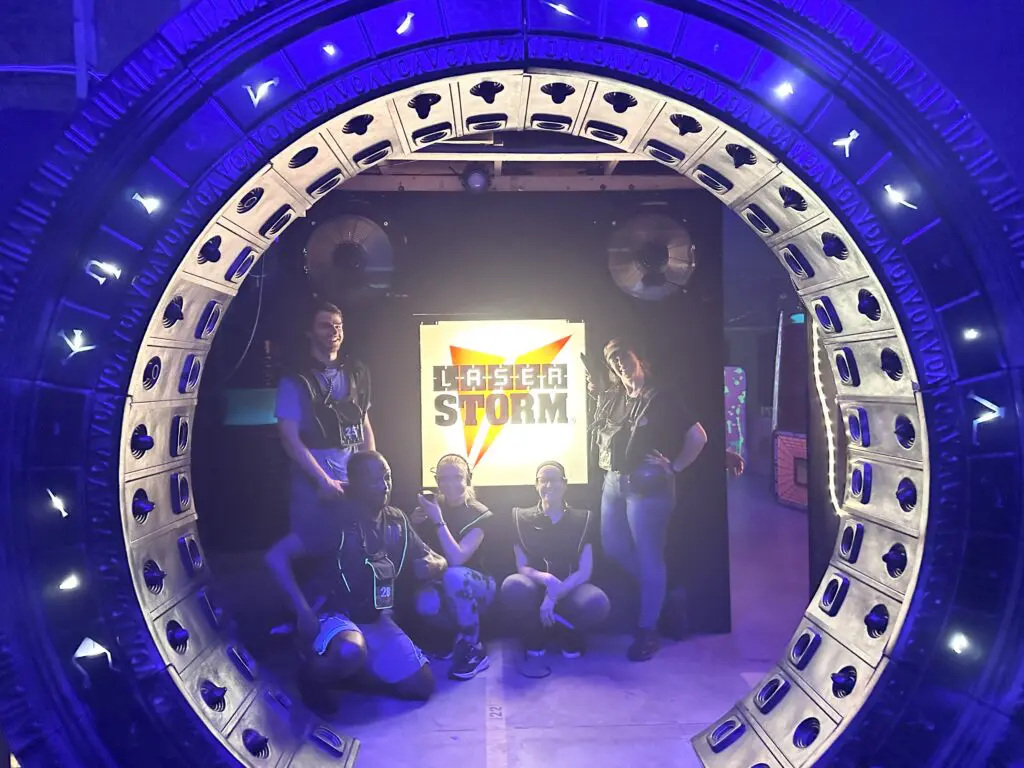
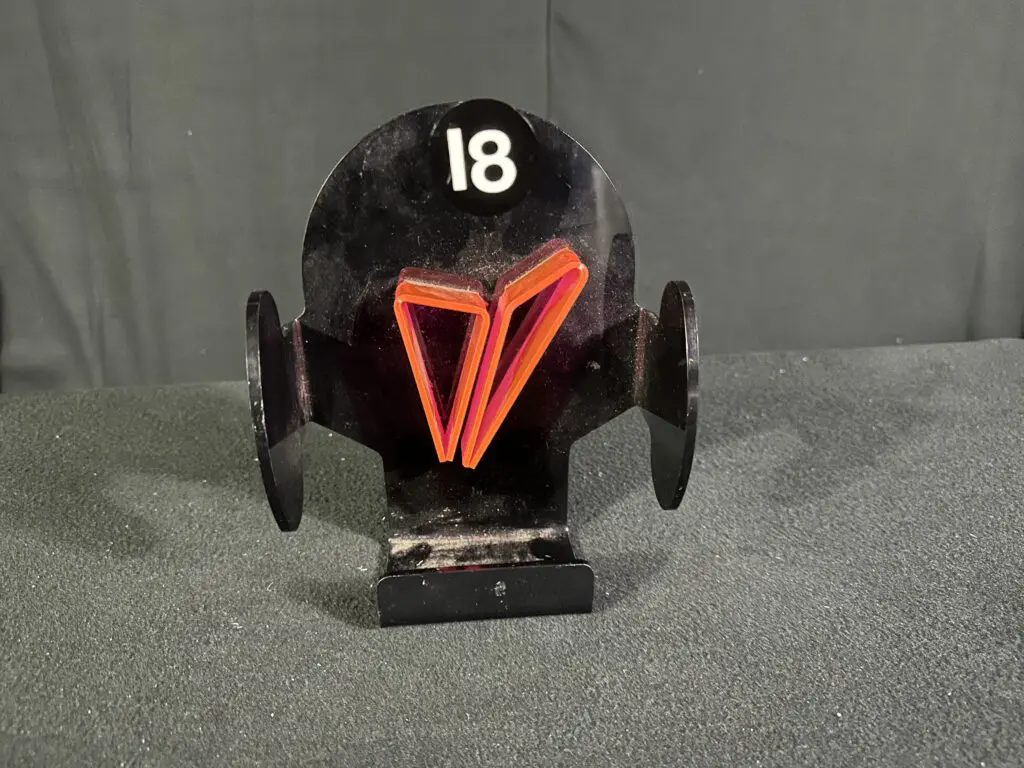
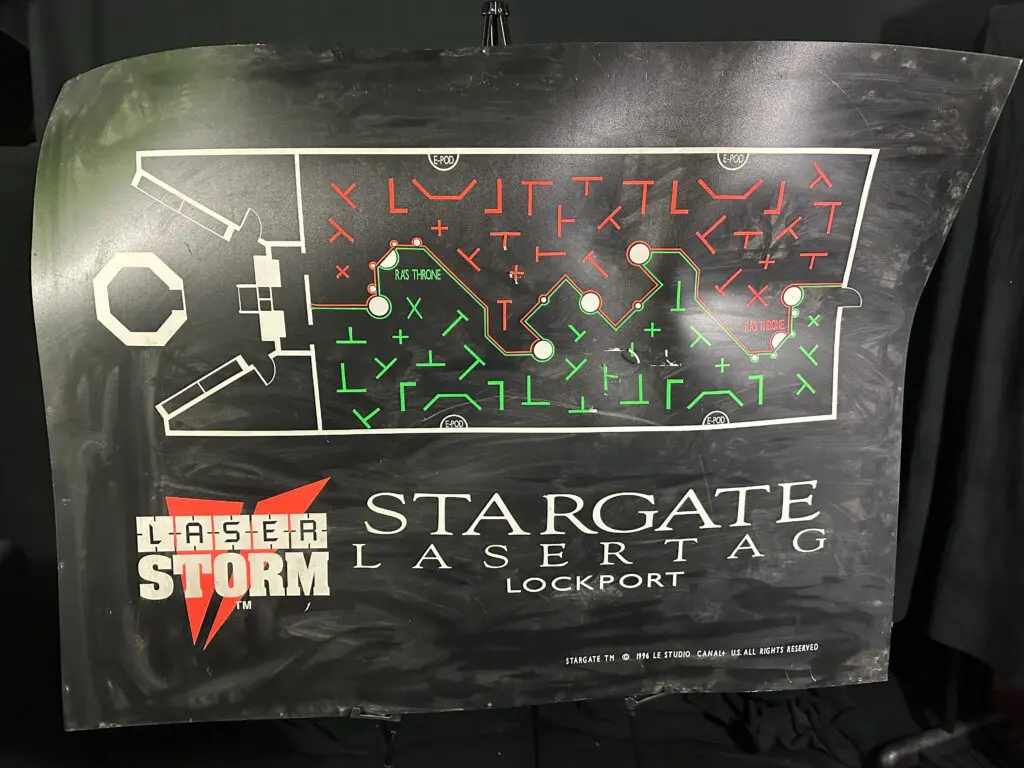
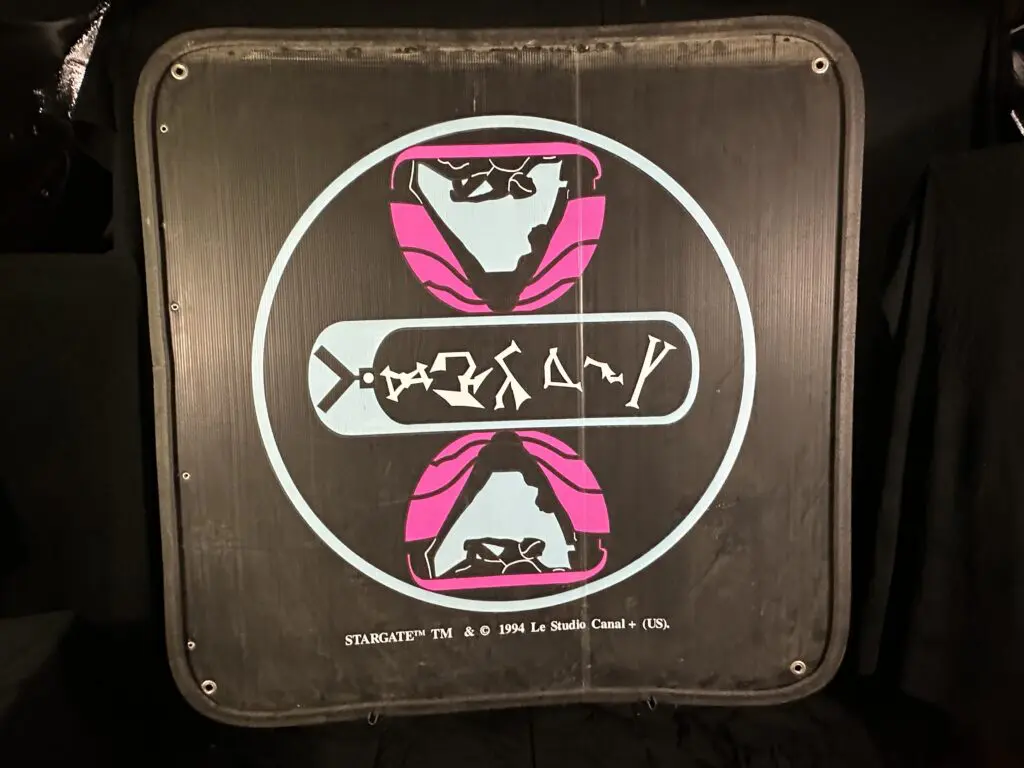
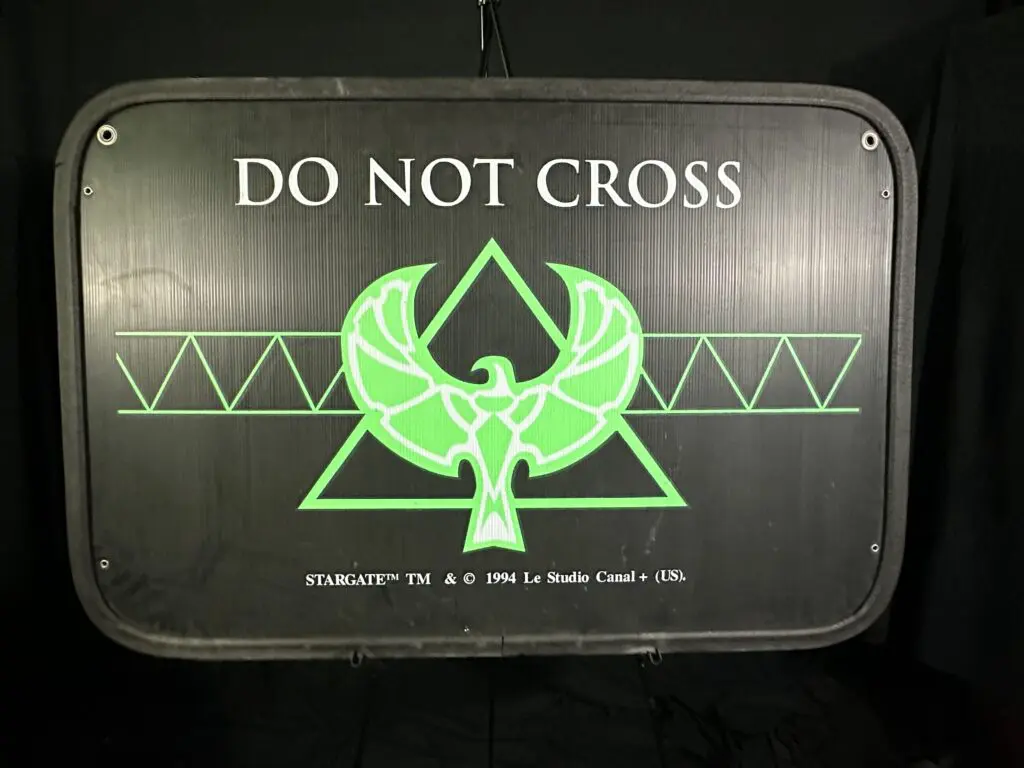
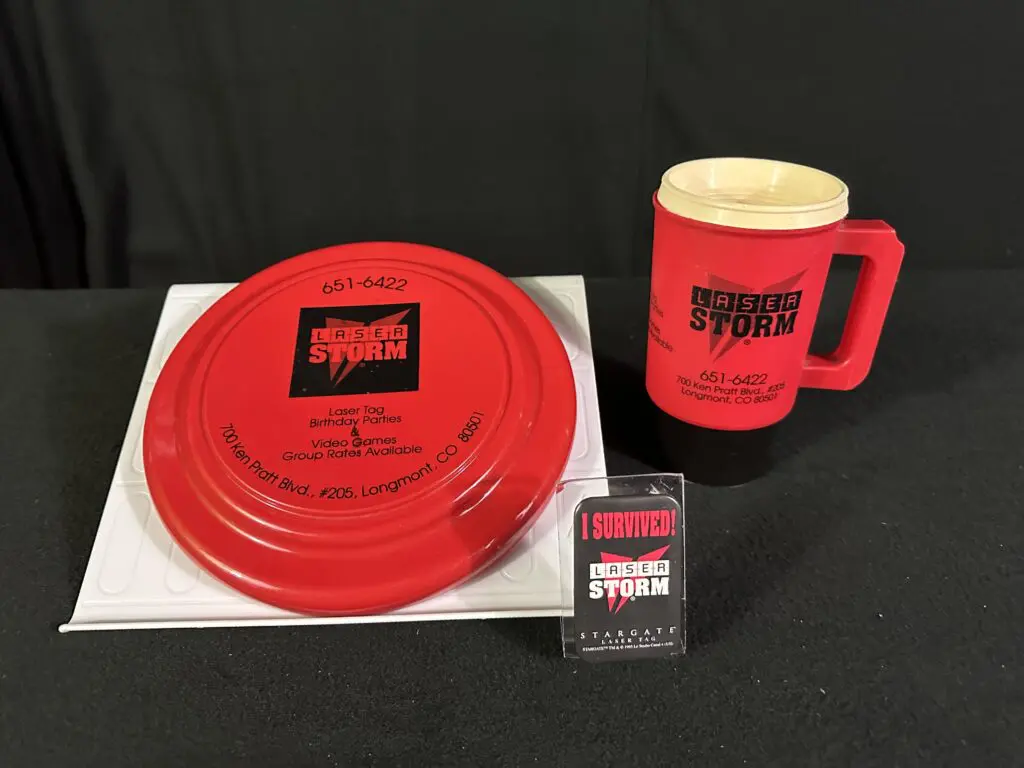
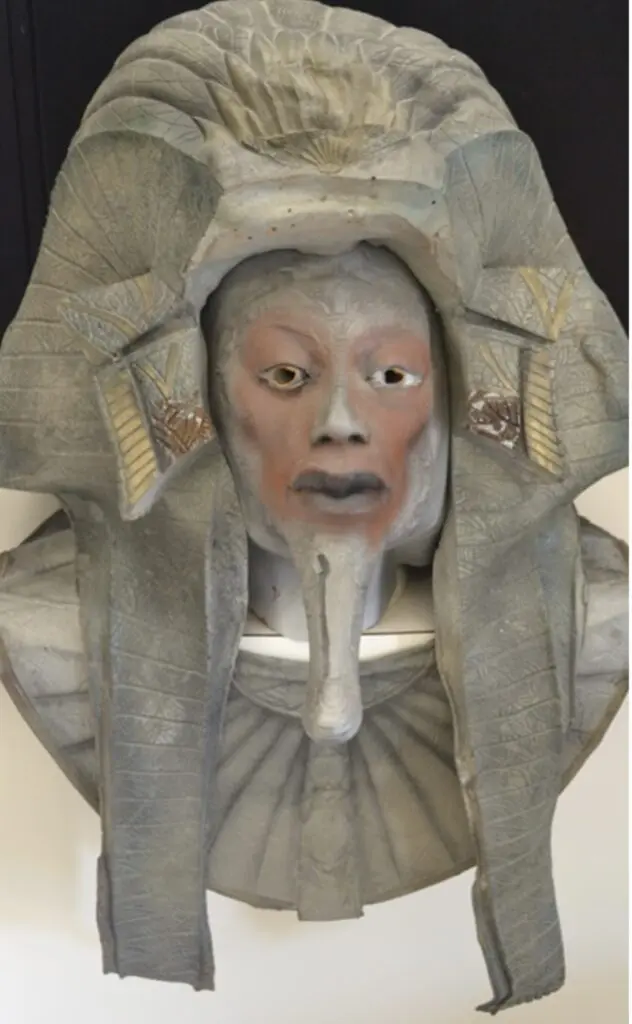
Founded By: Bob Cooney and Edward Bonis
Originated: March 12, 1990
Number of Locations: 265
Personnel of Note:
Bob J. Cooney – Chief Executive Officer
Edward Bonis- Co-Founder
William R. Bauerle – Chief Operating Officer
Frank J. Ball – Executive Vice President
John McNutt – V.P. of Finance
Michael D. Kessler – V.P. of Operations and Sales
Eric Shwartzman – V.P. of Marketing and Product Development
James Johnson – V.P. of Real Estate and Construction
Dennis Potts – Chief Engineer
Harrison A. Price – Director
Harold Stripsky – Director
First Facility: Funplex, Denver, Colorado, March 1990
Equipment Overview: The prototype equipment from which Laser Storm evolved was acquired from another company where Bob Cooney had involvement in a marketing role. The first equipment consisted of a waist belt which held an electronics/battery box component measuring approximately 6x4x3 inches and connected to a phaser that was called a “Disruptor 401-B” and a headset. Vests were later developed for players to wear. Players could target the phaser (often described as resembling a “dustbuster”), the headset or target pods. The target pods utilized a RAM chip and an operator could use Laser Storm’s StormTrak computer scoring system to adjust things like point values, frequency and duration for the target pods.
Historical Synopsis: First incorporated with the name “The Crimson Corporation – A Holding Company” on March 12, 1990 in Colorado and formed by Robert J. Cooney and Edward J. Bonis, the corporate name was later changed to “Laser Storm, Inc.” in October of 1994. The company also held rights for the name “Space Sport, Ltd.”, which related to the name of the laser tag system Cooney had helped to develop. The Crimson Corporation bought the rights to that system, which was originally named “Space Sport, Ltd.”
Cooney and Bonis founded Space Sport in 1990 and in November of that year Space Sport purchased assets of NBS-I Capital Corporation including a laser tag game called “LaserQuest” (unrelated to the similarly named Laser Quest in England) and continued development on the system after NBS-I encountered financial challenges. The Space Sport Corporation was set up as a separate company owned by The Crimson Corporation as a holding company.
Laser Storm received accolades including winning Best New Product for Family Entertainment at IAAPA 1995. In 1996 Laser Storm reached #251 on the Inc. 500’s Faster Growing Companies list. That same year Laser Storm was publicly traded on the NASDAQ with the stock name of LAZR.
It is notable that Laser Storm is often recognized as originating the “themed arena” concept in the United States and had licensing deals with brands such as Stargate and X-Men that furthers this idea.
In a transcript of a 1998 hearing before the United States Trustee, Robert Cooney of Laser Storm, Inc. was asked what caused Laser Storm’s bankruptcy filing. To quote Cooney’s own words: “We – the company went public in May of 1996, with the intention of moving from manufacturing of sales, laser tag systems, to the operation of those systems at a retail location…. And in the process of making the transition to operations of the stores mounted significant losses……Towards the end of ’96, as we saw the losses mount, and realized that this plan wasn’t going to work, we started laying people off and trying to get the operation back to what it was before we went public.” Between December of 1996 and June 25, 1998 Laser Storm’s employees decreased from 70 to four before closing in February of 1999. However, the story does not end here.
According to Laser Storm owner Gord Armstrong in an interview on November 15, 2018:
“The IP rights ended up going to the company that was doing the maintenance for Laser Storm, a company called Precision Mechanical Assembly Incorporated (PMAI). One of their employees decided they wanted to buy the company from their employer and the company, still using Laser Storm brand equipment, became Laser Wars, Inc. and when that gentleman decided he was going to get out of the business I was contacted.”
Hear the firsthand account directly from Gord Armstrong.
Hear the firsthand account from Bob Cooney.
